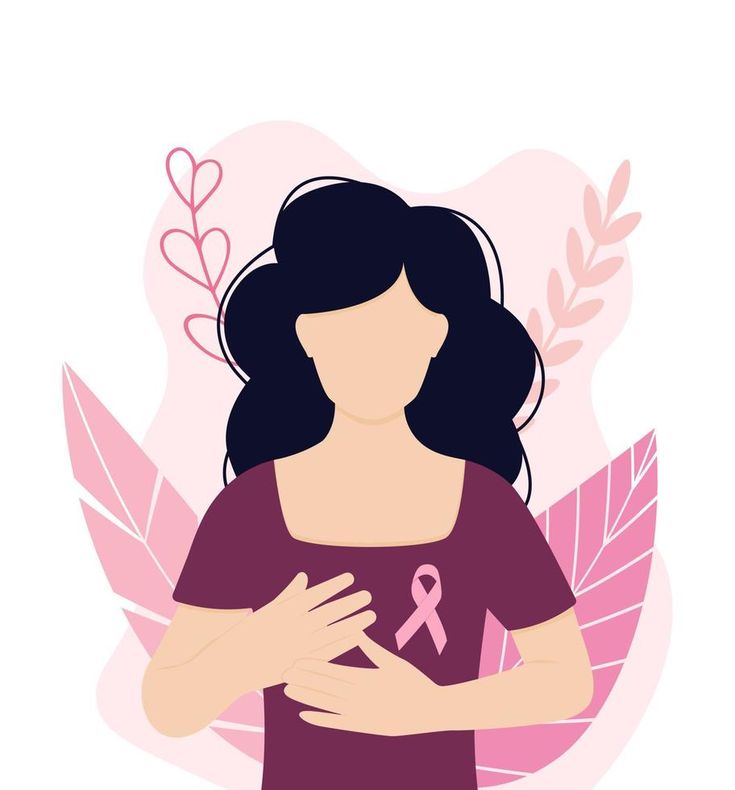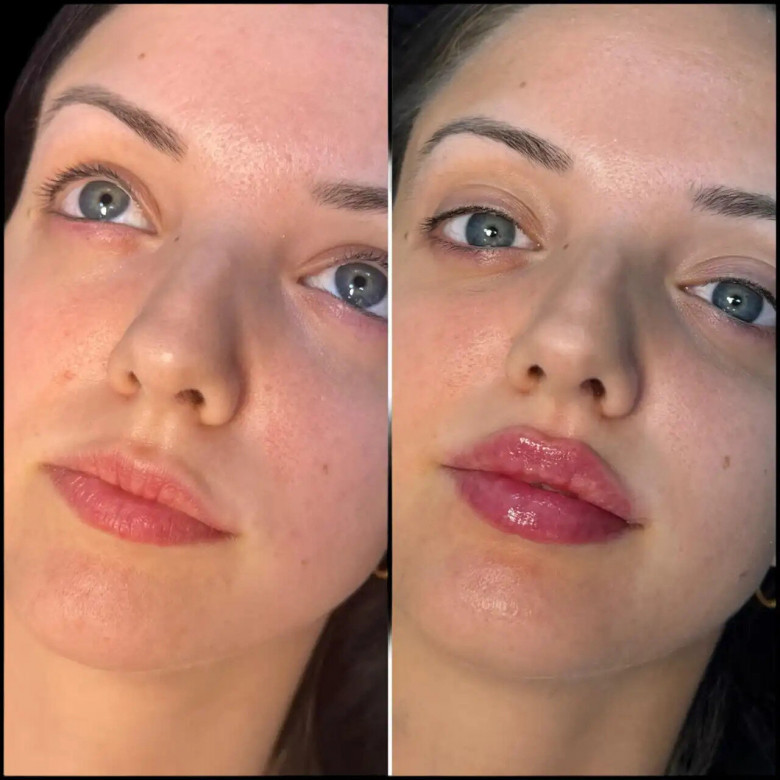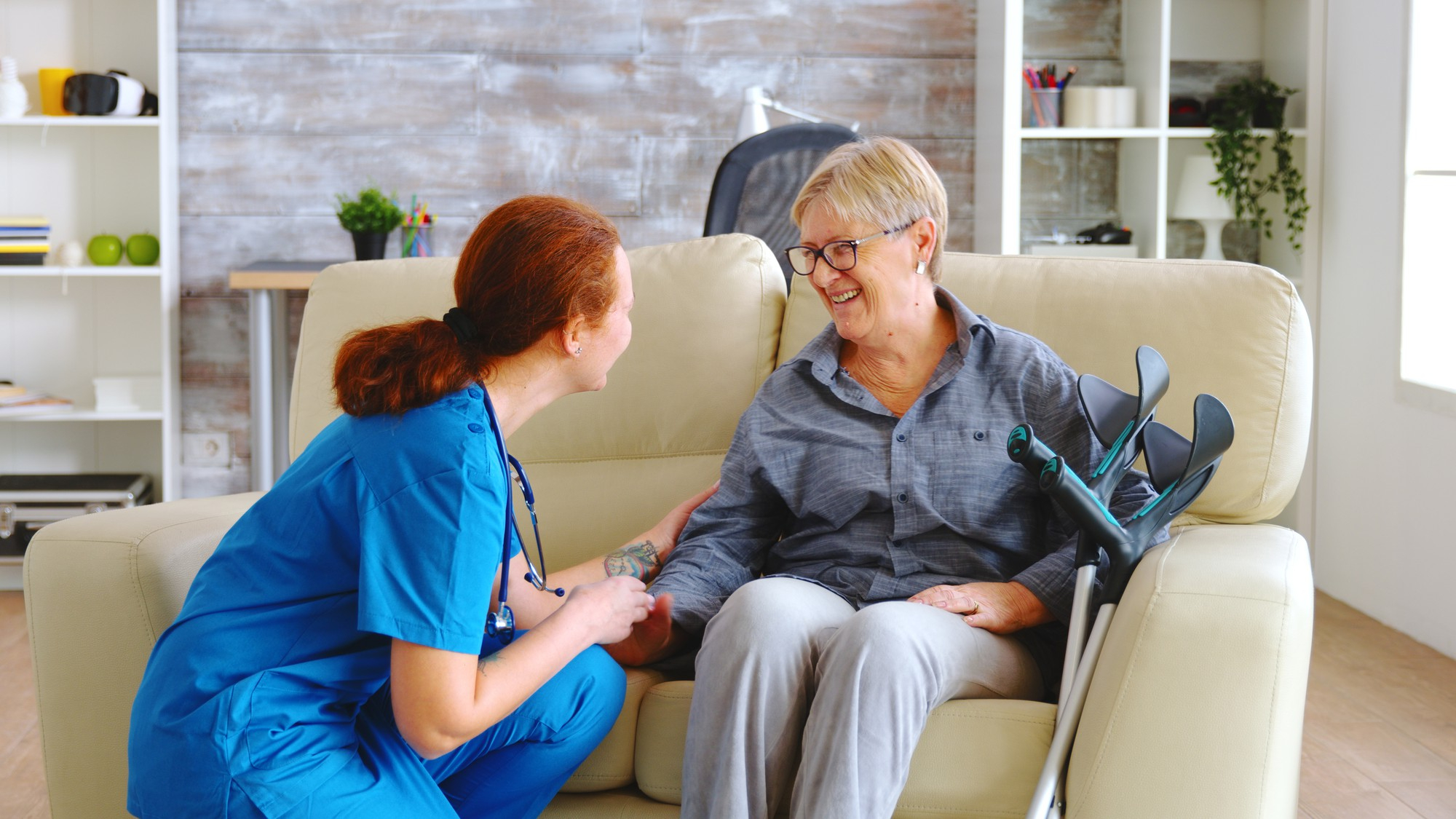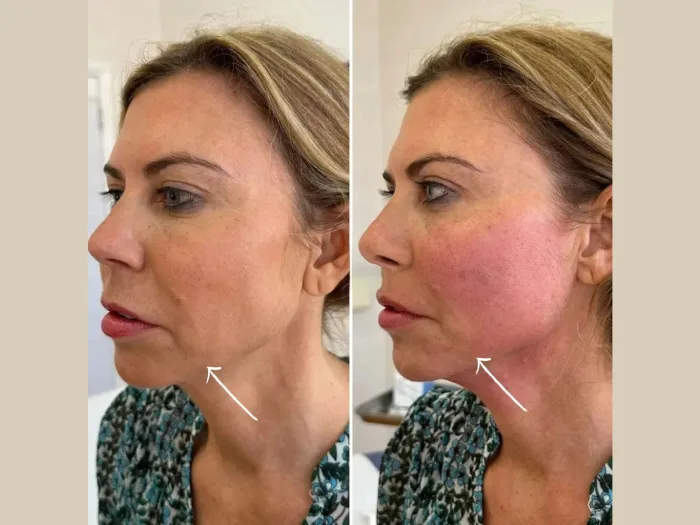Breast health is a vital part of overall well-being, especially for women. While breast cancer remains a leading cause of cancer-related deaths in women worldwide, not every lump or symptom in the breast is cancerous. Understanding the different types of breast cancer and common non-cancerous (benign) breast conditions can help in early detection, proper treatment, and peace of mind.
At DosePharmacy, we’re committed to educating our community with trusted, clear, and up-to-date health information. This article explores the major types of breast cancer, how they differ, and some related breast conditions that can cause similar symptoms.
What Is Breast Cancer?
Breast cancer occurs when abnormal cells in the breast begin to grow uncontrollably, often forming a lump or tumor. It can originate in different parts of the breast, such as the ducts, lobules, or connective tissues, and can be classified based on how and where it spreads.
Breast cancer comes in various forms like ductal carcinoma, lobular carcinoma, and inflammatory breast cancer, each with unique symptoms and treatment needs. Some related non-cancerous conditions include fibrocystic changes and breast cysts. For postmenopausal women, medications like Raloxifene can help reduce the risk of breast cancer while also treating osteoporosis. Buy Raloxifene safely online at DosePharmacy.
Breast cancer is broadly divided into two categories:
-
Non-invasive (in situ): Confined to the ducts or lobules.
-
Invasive (infiltrating): Has spread beyond its origin into nearby breast tissue or other parts of the body.
Common Types of Breast Cancer
1. Ductal Carcinoma in Situ (DCIS)
DCIS is a non-invasive form of breast cancer where abnormal cells are found in the lining of the milk ducts but haven’t spread. Though not life-threatening, DCIS can increase the risk of developing invasive breast cancer later.
-
Symptoms: Often asymptomatic; may be detected during a mammogram.
-
Treatment: Surgery (lumpectomy or mastectomy), radiation, and sometimes hormone therapy.
2. Invasive Ductal Carcinoma (IDC)
IDC is the most common type of breast cancer, making up about 80% of cases. It begins in the ducts and invades nearby breast tissue.
-
Symptoms: Lump in the breast, nipple changes, dimpling of the skin.
-
Treatment: May include surgery, chemotherapy, radiation, hormone therapy, or targeted therapy.
3. Invasive Lobular Carcinoma (ILC)
ILC starts in the lobules, which produce milk, and can spread to other parts of the breast or body. It is the second most common invasive breast cancer.
-
Symptoms: A thickening or fullness in the breast rather than a distinct lump.
-
Diagnosis: Often harder to detect via mammogram; may need MRI or ultrasound.
-
Treatment: Similar to IDC.
4. Triple-Negative Breast Cancer (TNBC)
TNBC lacks estrogen receptors (ER), progesterone receptors (PR), and HER2 protein—making it harder to treat with hormone or targeted therapies.
-
Symptoms: Rapid lump growth, breast pain, swelling.
-
Demographics: More common in younger women and those of African or Hispanic descent.
-
Treatment: Chemotherapy is the main treatment option.
5. HER2-Positive Breast Cancer
HER2-positive breast cancer involves overproduction of the HER2 protein, which promotes cancer cell growth.
-
Symptoms: Similar to other invasive cancers.
-
Treatment: HER2-targeted therapies (e.g., trastuzumab), plus chemo or hormone therapy.
-
Prognosis: Has improved significantly with targeted treatments.
6. Inflammatory Breast Cancer (IBC)
IBC is a rare and aggressive form of breast cancer that causes inflammation and swelling without a lump.
-
Symptoms: Redness, warmth, swelling, thickened skin (peau d’orange).
-
Treatment: Requires aggressive treatment—chemo, followed by surgery and radiation.
7. Paget’s Disease of the Nipple
A rare form of cancer that starts in the nipple ducts and spreads to the skin of the nipple and areola.
-
Symptoms: Scaly, itchy, or crusty skin on the nipple; possible discharge or bleeding.
-
Often associated with: Underlying DCIS or IDC.
-
Treatment: Usually includes surgery.
8. Metastatic (Stage IV) Breast Cancer
This is breast cancer that has spread to distant organs, such as bones, liver, lungs, or brain.
-
Symptoms: Vary depending on the organs involved (e.g., bone pain, breathing issues).
-
Treatment: Focused on controlling spread and improving quality of life through systemic therapy and palliative care.
Hormone and Receptor Status in Breast Cancer
Knowing the hormone receptor status of breast cancer helps determine treatment. The main types are:
-
ER-positive: Grows in response to estrogen.
-
PR-positive: Grows in response to progesterone.
-
HER2-positive: High levels of HER2 protein.
-
Triple-negative: Lacks all three markers; more aggressive and less treatment options.
Treatment plans are personalized based on these factors.
Related Non-Cancerous (Benign) Breast Conditions
Many women experience breast changes that are non-cancerous but may mimic symptoms of breast cancer. Awareness of these conditions can reduce anxiety and help guide proper medical evaluation.
1. Fibrocystic Breast Changes
Very common among women, especially of reproductive age, these changes cause lumps, pain, and breast tenderness, often related to the menstrual cycle.
-
Symptoms: Swollen, tender, or lumpy breasts.
-
Treatment: Usually not needed; symptoms often managed with diet, lifestyle, or OTC pain relievers.
2. Breast Cysts
Fluid-filled sacs that form within the breast, often in response to hormonal fluctuations.
-
Symptoms: Soft or firm movable lumps.
-
Diagnosis: Confirmed through ultrasound.
-
Treatment: Aspiration if painful; otherwise, observation.
3. Fibroadenomas
Benign, solid breast tumors that commonly occur in younger women (ages 15–35).
-
Symptoms: Round, smooth, and mobile lumps.
-
Treatment: Often monitored unless growing or painful.
4. Mastitis
An infection of the breast tissue, mostly seen in breastfeeding women.
-
Symptoms: Pain, swelling, redness, and fever.
-
Treatment: Antibiotics and continued breastfeeding or pumping.
5. Fat Necrosis
This occurs when breast tissue is damaged due to trauma or surgery, causing scar tissue and lumps.
-
Symptoms: Firm, painless lump that may feel like cancer.
-
Treatment: Often resolves on its own; may need biopsy to rule out cancer.
6. Duct Ectasia
A condition where the ducts beneath the nipple become enlarged and clogged.
-
Symptoms: Nipple discharge, tenderness, or retraction.
-
Treatment: Warm compresses, antibiotics, or minor surgery in some cases.
When to See a Doctor
While not every breast lump is dangerous, it’s crucial to seek medical evaluation for:
-
A new or growing lump
-
Persistent breast pain
-
Nipple discharge (especially bloody)
-
Skin changes (dimpling, redness, or rash)
-
Changes in breast shape or size
Conclusion
Understanding the types of breast cancer and related benign conditions empowers women (and men) to take control of their breast health. With regular screenings, self-exams, and medical follow-ups, breast cancer can often be caught early when it’s most treatable. Meanwhile, recognizing benign conditions can reduce unnecessary fear and promote proactive care.



